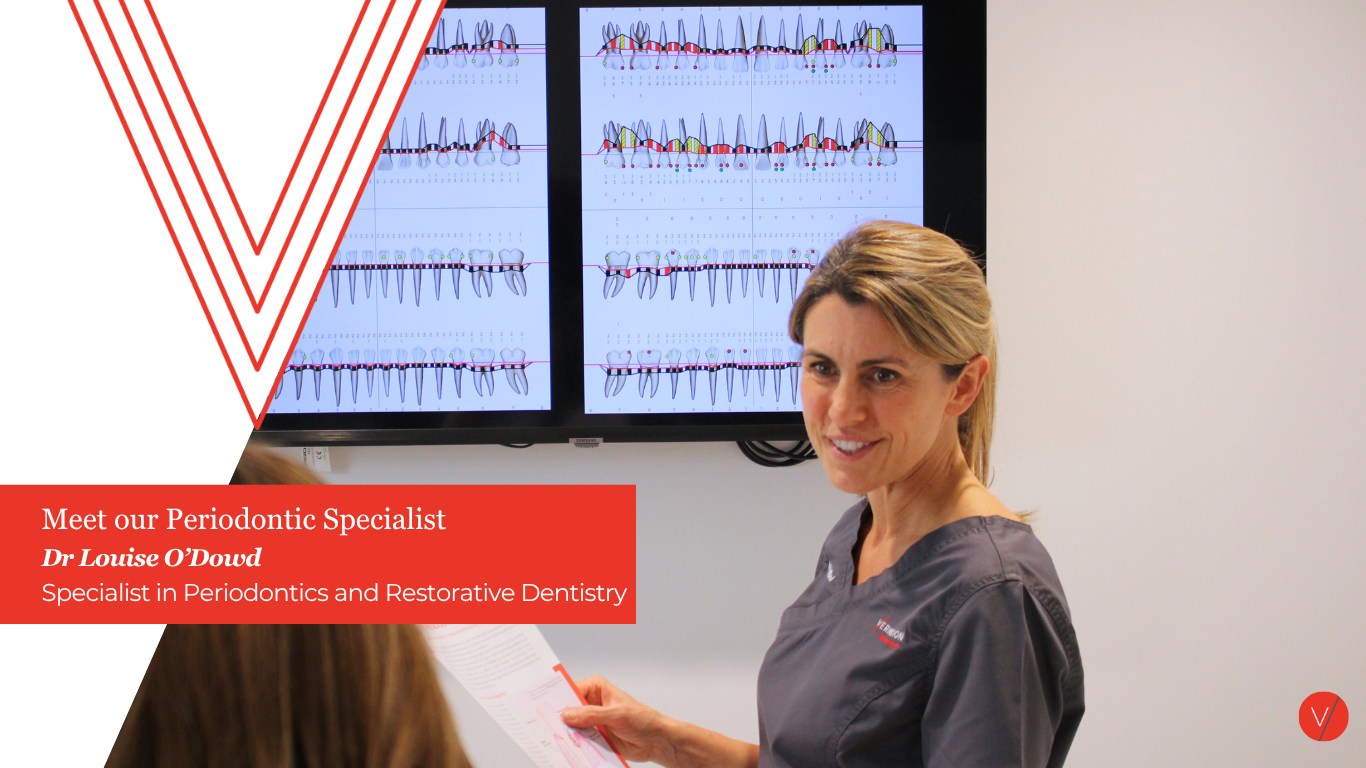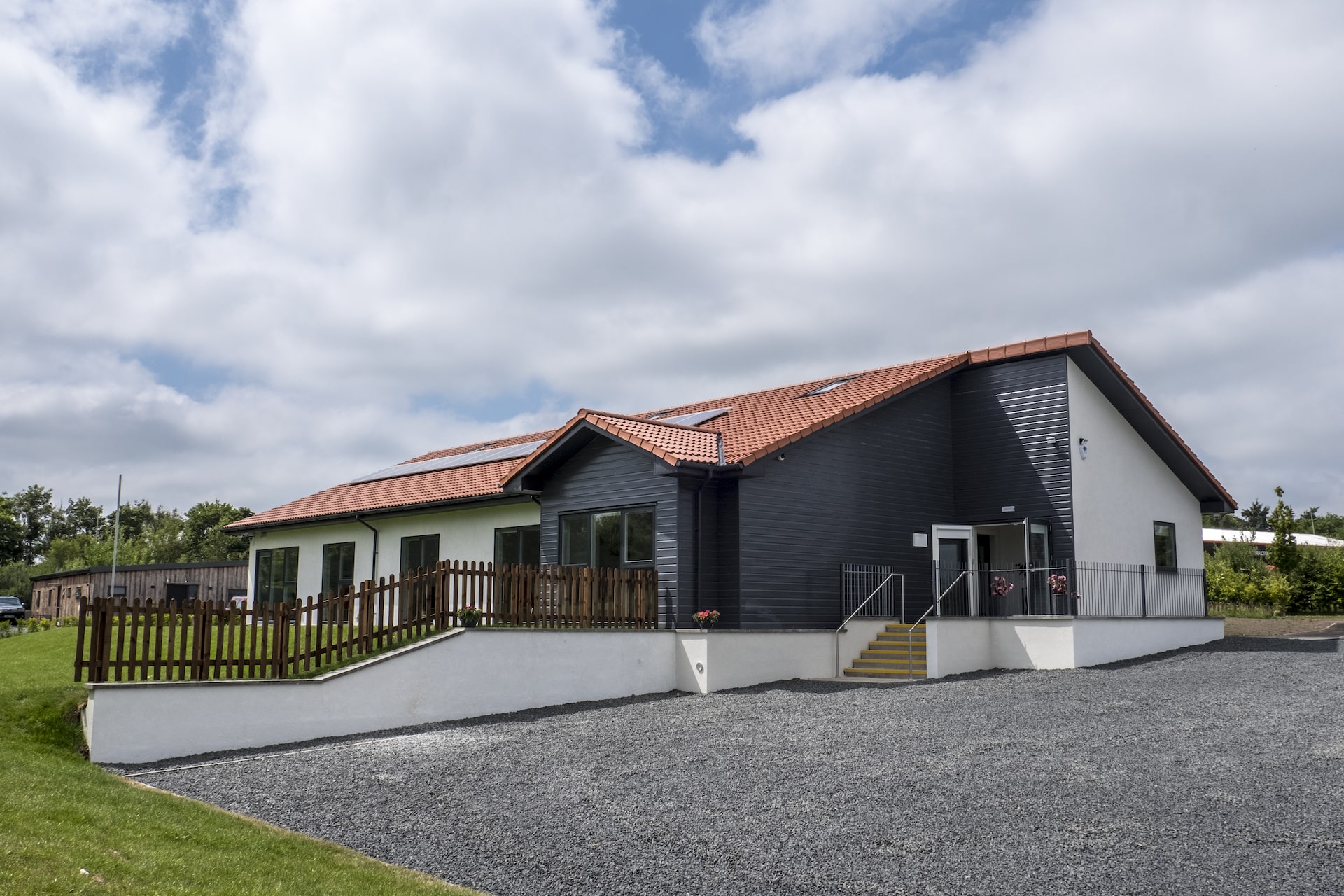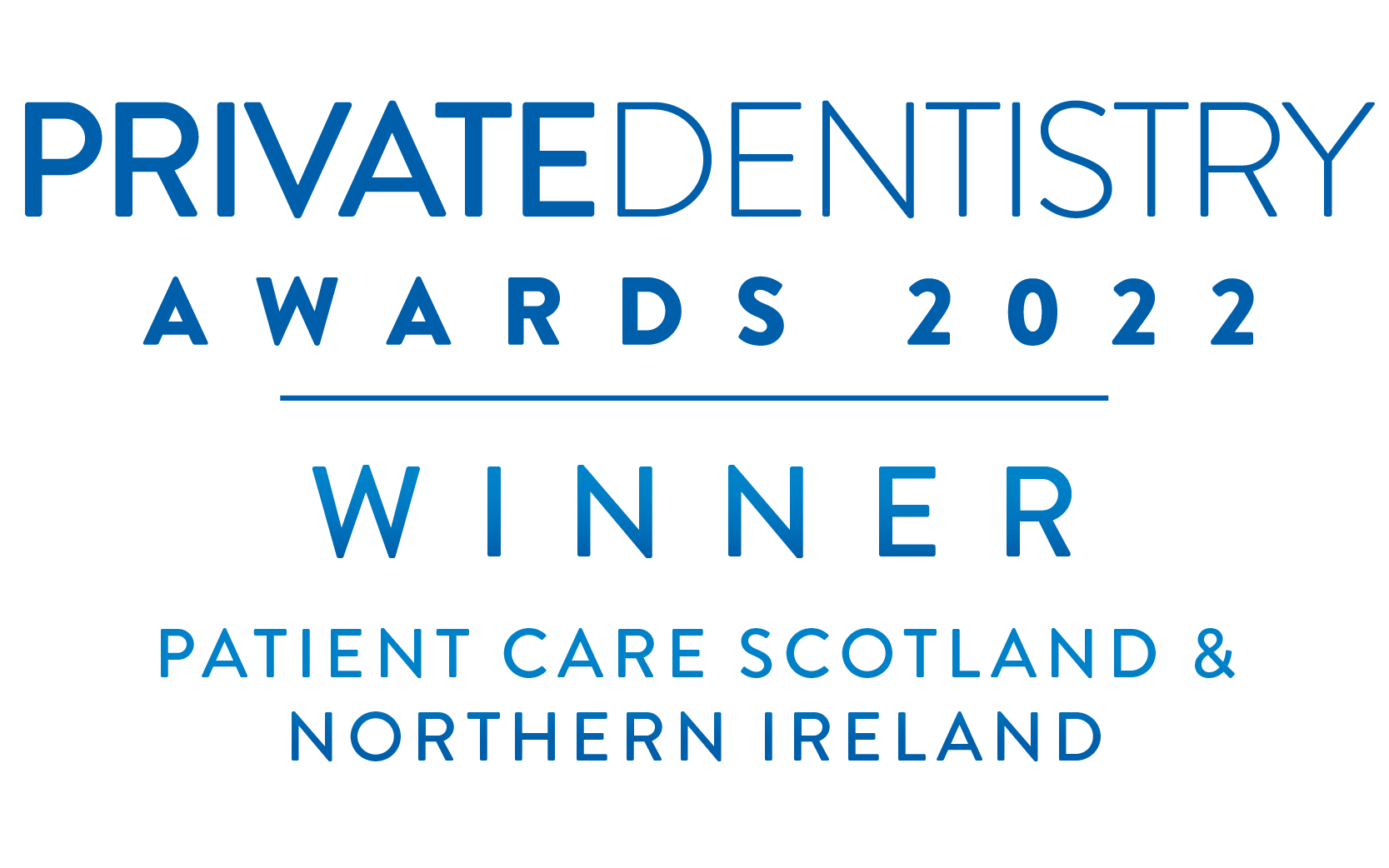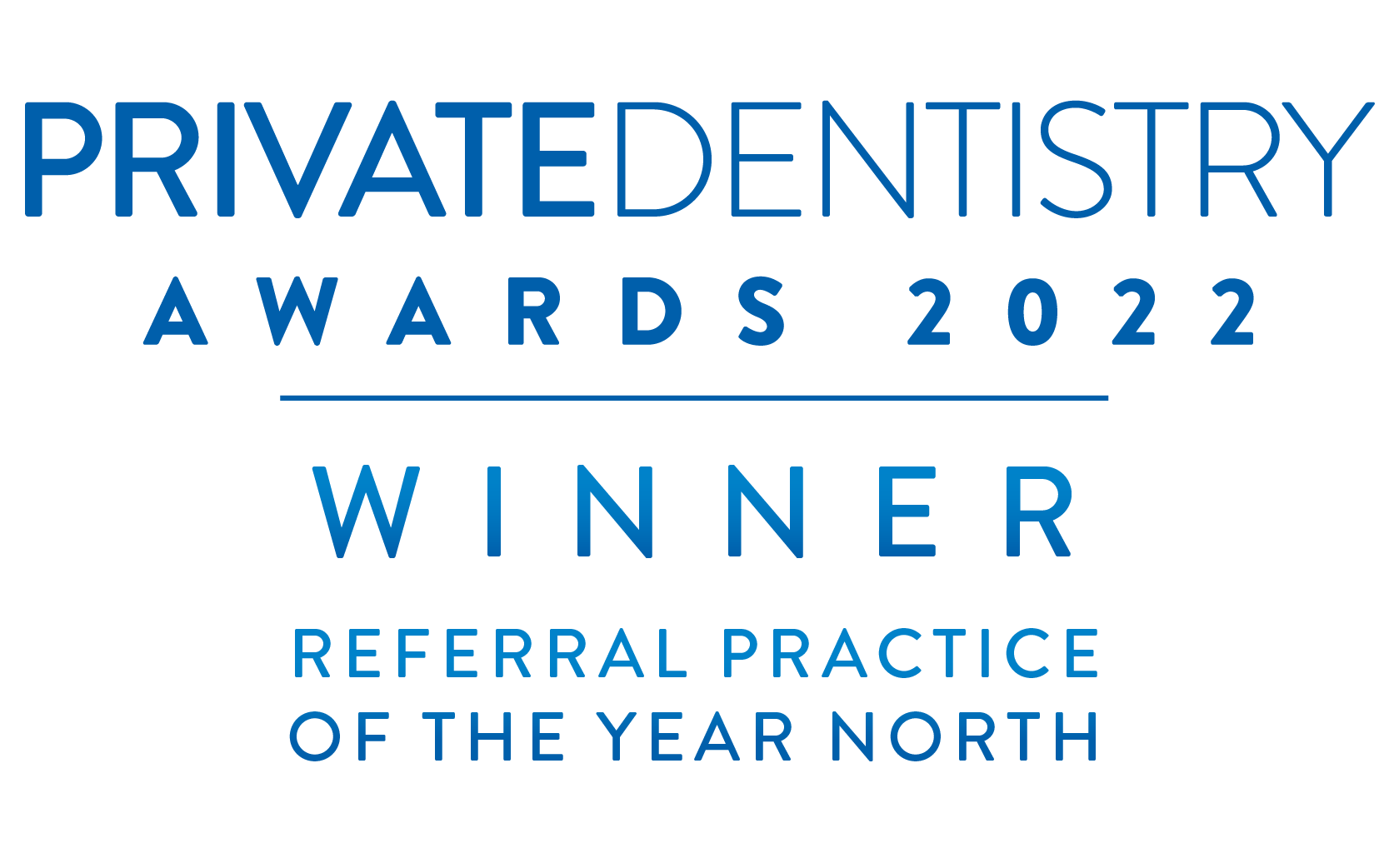Teeth whitening is increasingly becoming a more popular cosmetic treatment to achieving a whiter and healthier looking smile. It is essential that teeth whitening treatment is prescribed by a dentist as it is a form of dentistry. It must also be carried out by a dentist or another regulated dental professional, such as a dental hygienist or dental therapist.
There are some DIY kits available online, but these may carry a risk to your health.
So how do you know which method of teeth whitening is the best for you?
If you wish to have your teeth whitened, you should speak to your dentist or dental hygienist in the first instance. They will check your teeth and oral health and will advise you on which method of teeth whitening is the most suitable for you and your requirements. There are three different types of teeth whitening available:
- In-surgery whitening
This is the most popular form of teeth whitening as it delivers immediate results. It must be prescribed by a dentist as this treatment includes the use of 6% hydrogen peroxide gel. Because of this, it must be carried out by a dentist or dental hygienist.
What to expect
Following the recommended dental hygiene appointment, you will attend your teeth whitening appointment in clinic, where a whitening gel is applied to your teeth and a blue light is used to speed up the treatment. This normally takes about two hours. Once completed and your desired shade of white has been achieved, you will be provided with a take-home whitening kit. This includes custom made whitening trays and whitening gel to use at home for three days following your appointment – we will instruct you on how to apply this whitening gel. You will most likely have solution left; therefore, the take home kit can also be used for maintaining your whitened teeth. It is recommended that, in order to maintain the shade of white achieved, you must whiten your teeth every three to six months for two to three days following the completion of your treatment.
- At-home whitening
This method takes a little longer to notice any changes in the colour of your teeth, but the results will be similar to those achieved in surgery.
In order for us to prescribe you with at-home whitening treatment, you must attend a dentist check-up and dental hygiene appointment so that we can ensure the best results possible. During the dental hygiene appointment, our dental hygienist will take moulds of your teeth so that custom made trays – similar to a retainer – that fit your teeth snuggly can be produced. You will receive these, as well as whitening gel to take home with you, and instructions on how to safely whiten your teeth at home.
The whitening treatment prescribed could be either 6% Hydrogen Peroxide or 16% Carbamide Peroxide which will break down to 6% Hydrogen Peroxide. Hydrogen Peroxide-based gels are faster acting (time of application 30 – 60min) than Carbamide Peroxide (4-8 hours), but the results are very similar and will give you the brighter and whiter smile that you desire.
- Over the counter whitening products
Over the counter whitening products are available in pharmacies and over the counter, and are normally in the form of toothpaste, strips and gel. Whitening toothpastes usually don’t contain hydrogen peroxide, the solution that whitens your teeth, but will have some abrasive particles that are designed to remove superficial staining caused by tea, coffee and smoking. We wouldn’t recommend that you use these products for long periods of time as they may cause thinning of the enamel (the outer layer of the tooth) that will lead to teeth appearing darker in colour.
Whitening gels that are available online and in the shops cannot contain more than 0.1% hydrogen peroxide. This percentage is significantly low and will have little to no effect on the colour of your teeth. If you’re considering whitening treatment, remember to visit a dental professional to guarantee that it is both safe and effective.








